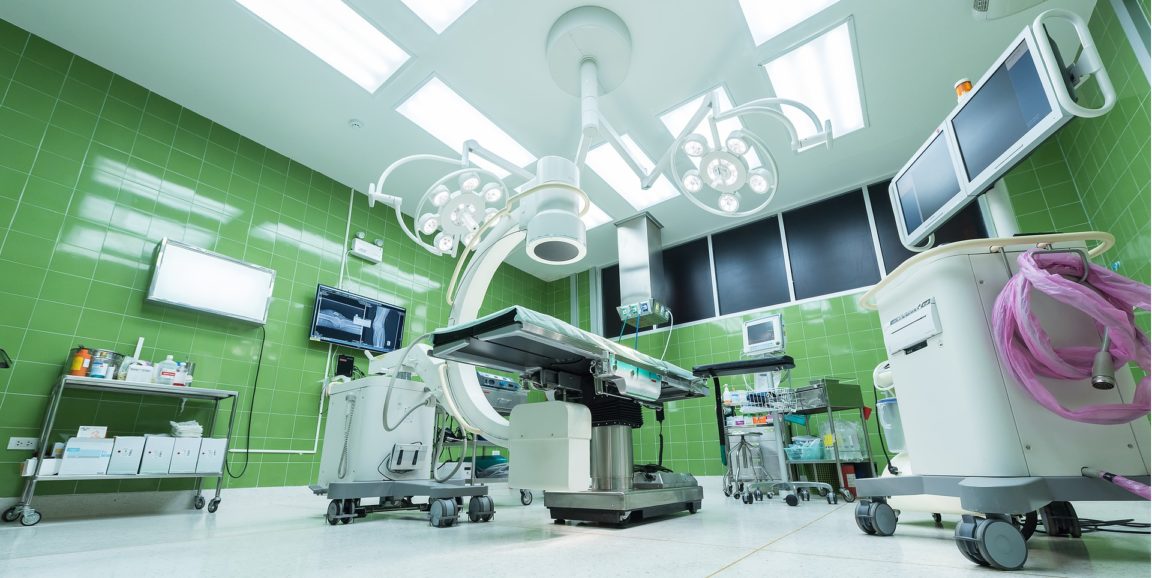In the last decade, Artificial Intelligence in medicine has experienced pretty major breakthroughs with assistance from mechanical and software engineers evident in the following trends.
Trends in the application of artificial intelligence in medicine
Artificial Intelligence in medicine
Earlier on, the integration of medical health services with machines was a fantasy. The use of robots in medical procedures has been incorporated in different medical departments. Artificial intelligence in medicine leads to quicker and accurate diagnosis and treatment of ailments. AI has been incorporated in disease control for example in robust mitigation of epidemics. Clinical trials have been streamlined and medical health records crowdsourced through artificial intelligence.
Machine Vision
Machines are able to ‘see’ the physical anatomy, just like the human brain. According to the data recorded, incredible information is processed in line with the visuals that are captured.
A machine vision example is the use of x–rays which give output in as soon as they are captured. A very important application of this concept has been the postpartum hemorrhage test. Machines can be used to indicate the extent of blood loss during birth. Health practitioners, therefore, take the necessary steps for the safety of mothers and newborns.
Wearable Medical Technology
Medical devices are used in monitoring blood pressure, monitoring heart functions and doctors can make decisions in a good time. These devices transmit data to doctors who then keep records for monitoring patients’ progress and act accordingly in case of any emergency. The cost of these devices has gone down significantly meaning more patients can tap into the help of these vital technological pieces.
3D Printing
In the application of artificial intelligence in medicine, 3D printing is applied in replicating important organs for learning purposes, production of surgical tools which are in tandem with the patient’s anatomy and generation of prosthetics that match a patient’s size and shape of organs.
Digital Twins
Digital twins are an identical digital counterpart to patients. They embody a patient’s life long health records where health practitioners could show the success of surgical procedures more precisely and it’s also vital for the management of chronic ailments.
Telemedicine
Nowadays, patients do not have to travel to health units for a check-up, especially where long distances are involved. Through technology, patients can opt for virtual visits by doctors. All they need is efficient cameras and fast internet to be able to see a doctor. This is used by the psychiatrists where, in combination with medical wearables, the patient is as good as the routine doctor visits.
Virtual Reality
Health students are able to simulate surgical procedures where patients with ailments like visual impairments for depression can use virtual reality episodes in medical routines.
The future of artificial intelligence in medicine is here with us and with the emergence of medical breakthroughs, there seems to be no end in a health-related technological revolution.
Featured image credit: standford.edu







